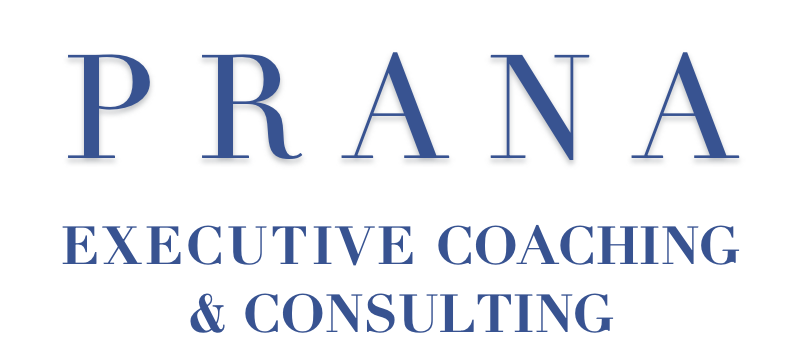Leading with a Growth Mindset
In her book "Mindset", Stanford University psychologist Carol Dweck summarizes decades of research on how a person's mindset affects achievement and success. Her research shows that there are two mindsets that we all employ: Fixed and Growth.
In a fixed mindset, people believe their basic qualities, like their intelligence or talent, are simply fixed traits. They spend their time documenting their intelligence or talent instead of developing them. They also believe that talent alone creates success—without effort. These types of people feel defeated after a failure and step away from challenges outside their comfort zone.
In a growth mindset, people believe that their most basic abilities can be developed through dedication and hard work—brains and talent are just the starting point. This view creates a love of learning and a resilience that is essential for great accomplishment. These types of people view challenges and failures as opportunities to learn and grow. They persist despite setbacks. This mindset is the hallmark of achievement and success.
We all have differing amounts of growth and fixed mindsets, depending on the situation.
Cultivating a growth mindset will improve your ability to succeed in all areas of life. Learning a growth mindset creates motivation and productivity in the worlds of business, education, and sports. It affects how you lead, manage, parent and show up in relationships. Think about how you last approached a challenge: with curiosity for what you could learn, or by thinking about how you might appear if things went wrong? If the latter, it might be time for a mindset change.
To cultivate a growth mindset, practice these three
Set high goals and praise growth and development towards achieving them, not just outcome achievement.
Provide positive feedback to your team when you see them learning from failure, overcoming obstacles, and bringing grit and determination to challenges. This rewards effort, and encourages resilience.
Encourage solutions-focused thinking and help the team create a long-term vision for their success. Make sure they know how their work contributes to the goals of the organization and encourage them to use their creativity to resolve issues. This recognizes individual differences in approach while provide a stable northstar to align the team.
To read more get the book: Mindset, by Carol Dweck, or check out her research online.
